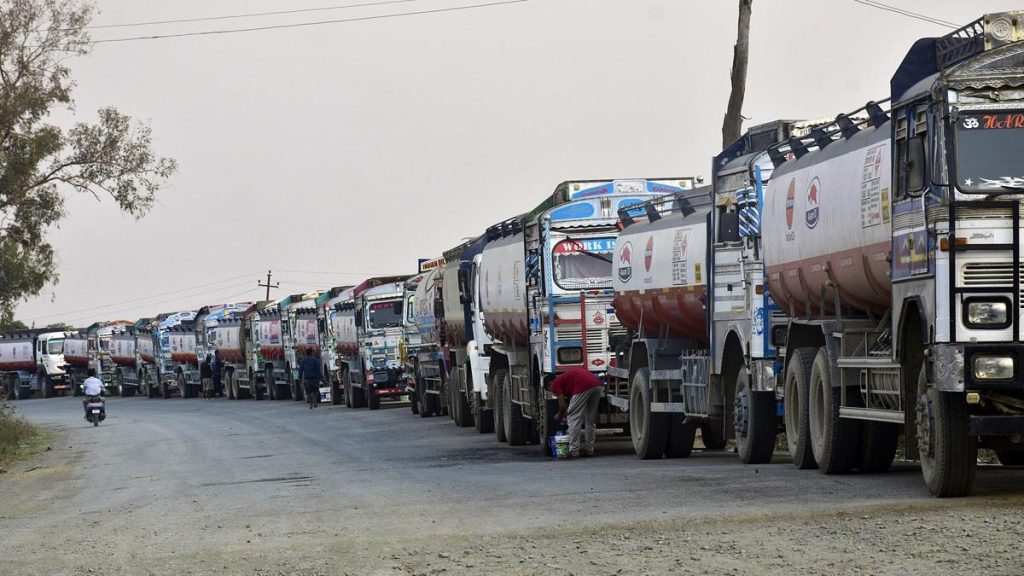Now Reading: Study Reveals U.S. Vulnerability to Major Solar Storms
-
01
Study Reveals U.S. Vulnerability to Major Solar Storms
Study Reveals U.S. Vulnerability to Major Solar Storms

Fast Summary
- A tabletop exercise conducted in May 2024 exposed weaknesses in the U.S. preparedness for severe solar storms, as outlined in a newly released report.
- The scenario simulated massive coronal mass ejections (CMEs) from the sun impacting Earth, causing geomagnetic storms resulting in power outages, satellite disruptions, and astronaut radiation exposure risks.
- Participants struggled with limited forecasting capabilities due to lack of data and interaction protocols that delayed accurate decision-making. Key data on CME magnetic field orientation was only available 30 minutes before impact.
- Recommendations included deploying additional satellites for early warning systems and improving inter-agency cooperation using communication templates like those used during hurricanes.
- Coinciding with the real-life Gannon Storm of May 2024-the most powerful solar storm seen in two decades-the tabletop findings were partially validated through observed disruptions such as unsafe satellite orbit congestion, local power outages, and radio blackouts.
(Image: Artist’s illustration of a superstorm erupting from the sun. Credit: NASA’s Goddard Space Flight Center/Genna Duberstein)
Indian Opinion Analysis
This report highlights an emerging challenge for technologically reliant nations worldwide-including India-which could face significant impacts from major solar storms if not adequately prepared. as space weather events can disrupt critical infrastructure such as telecommunications networks, GPS systems, satellites operations-even healthcare facilities’ emergency services-India’s increasing investments in space exploration suggest a need to prioritize robust research into space weather forecasting and response mechanisms.
India’s dependence on satellite technology is growing with advancements like ISRO’s navigation systems and planned human spaceflight programs (e.g., Gaganyaan).Therefore, establishing redundancy measures alongside international cooperation frameworks may be beneficial for mitigating potential fallouts should such severe disruptions occur globally or regionally.
While current U.S.-focused findings underline gaps heavily tied to insufficient monitoring assets stationed at strategic points like Lagrange Point 1-a similar consideration becomes crucial when gauging India’s readiness level for real-time predictive frameworks around climate-linked emergencies or extreme cosmic phenomena requiring timely response coordination within domestic agencies.Read more
























